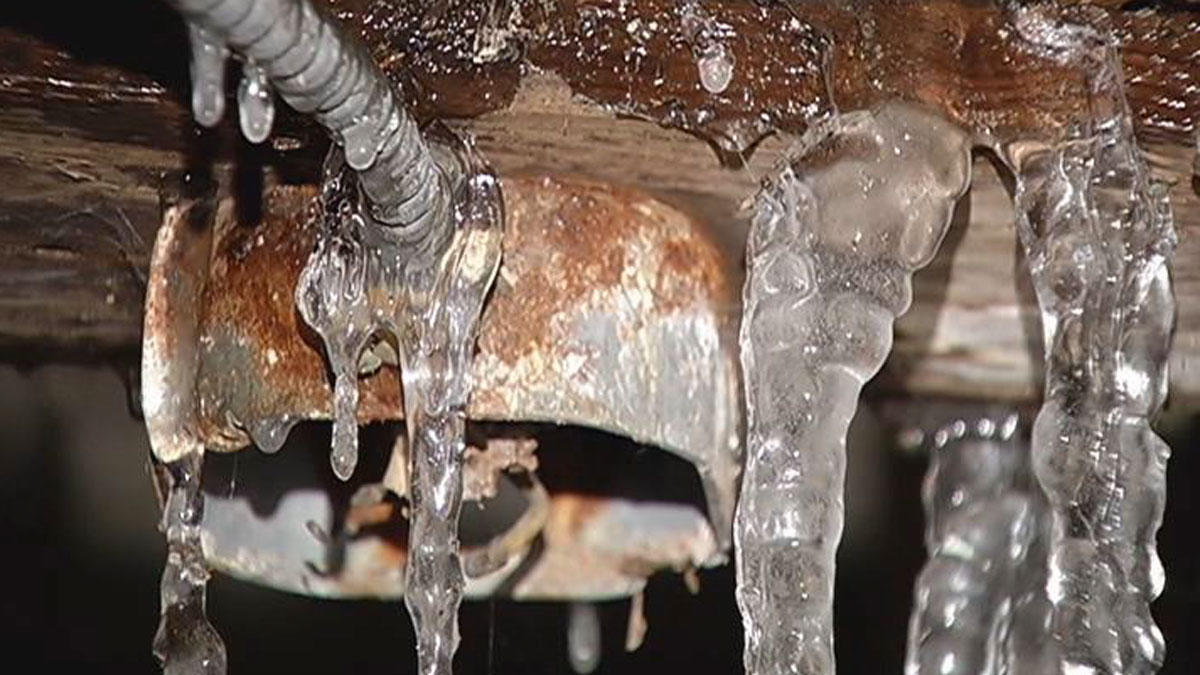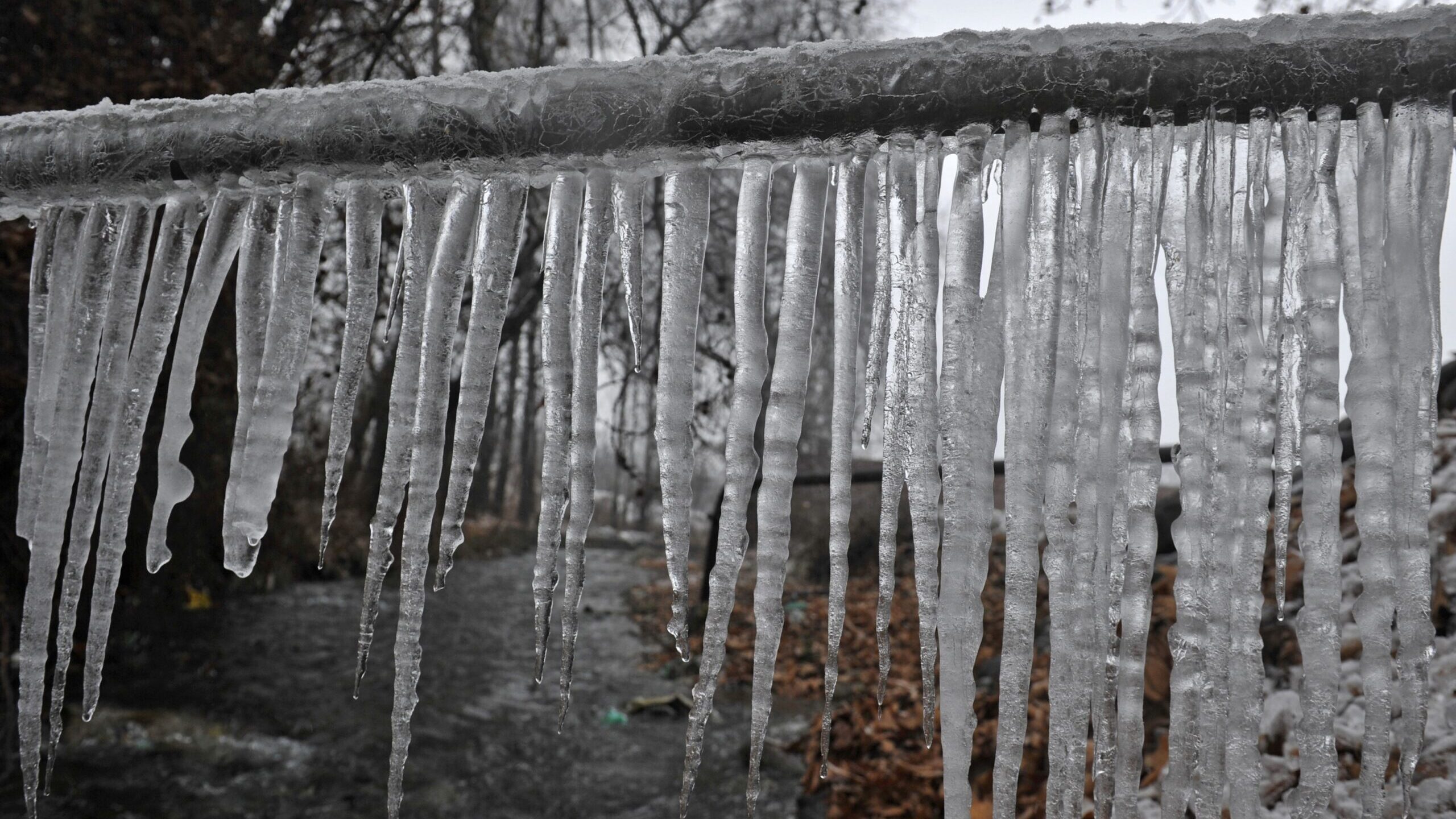Guidance for Avoiding Frozen Pipes in Winter: Specialist Insights
Guidance for Avoiding Frozen Pipes in Winter: Specialist Insights
Blog Article
The writer is making a few great points regarding How To Avoid Freezing Pipes in general in this great article underneath.

Cold weather can damage your pipes, particularly by freezing pipelines. Right here's just how to stop it from occurring and what to do if it does.
Intro
As temperatures decrease, the danger of frozen pipes rises, possibly leading to costly fixings and water damage. Understanding just how to avoid frozen pipes is essential for home owners in cold environments.
Prevention Tips
Shielding susceptible pipelines
Cover pipelines in insulation sleeves or use warmth tape to protect them from freezing temperatures. Focus on pipelines in unheated or external areas of the home.
Heating methods
Keep indoor areas sufficiently heated up, especially locations with plumbing. Open closet doors to permit warm air to flow around pipes under sinks.
Just how to identify icy pipes
Look for lowered water flow from taps, uncommon smells or noises from pipelines, and noticeable frost on exposed pipelines.
Long-Term Solutions
Architectural modifications
Think about rerouting pipelines away from exterior walls or unheated areas. Include additional insulation to attics, basements, and crawl spaces.
Upgrading insulation
Buy top notch insulation for pipelines, attic rooms, and walls. Proper insulation assists maintain constant temperatures and minimizes the risk of frozen pipelines.
Safeguarding Exterior Pipes
Garden pipes and exterior faucets
Disconnect and drain pipes yard tubes before winter season. Set up frost-proof spigots or cover outside taps with shielded caps.
Recognizing Icy Pipelines
What causes pipes to freeze?
Pipelines ice up when revealed to temperature levels listed below 32 ° F (0 ° C) for expanded durations. As water inside the pipelines freezes, it broadens, putting pressure on the pipeline walls and possibly creating them to rupture.
Threats and problems
Frozen pipes can lead to supply of water disruptions, residential or commercial property damage, and pricey fixings. Burst pipes can flooding homes and cause extensive structural damages.
Indicators of Frozen Water Lines
Determining icy pipes early can stop them from rupturing.
What to Do If Your Pipelines Freeze
Immediate activities to take
If you believe frozen pipes, maintain faucets open up to relieve stress as the ice thaws. Use a hairdryer or towels taken in warm water to thaw pipelines slowly.
Final thought
Stopping frozen pipes needs proactive procedures and fast reactions. By recognizing the reasons, signs, and preventive measures, house owners can shield their pipes during cold weather.
5 Ways to Prevent Frozen Pipes
Drain Outdoor Faucets and Disconnect Hoses
First, close the shut-off valve that controls the flow of water in the pipe to your outdoor faucet. Then, head outside to disconnect and drain your hose and open the outdoor faucet to allow the water to completely drain out of the line. Turn off the faucet when done. Finally, head back to the shut-off valve and drain the remaining water inside the pipe into a bucket or container. Additionally, if you have a home irrigation system, you should consider hiring an expert to clear the system of water each year.
Insulate Pipes
One of the best and most cost-effective methods for preventing frozen water pipes is to wrap your pipes with insulation. This is especially important for areas in your home that aren’t exposed to heat, such as an attic. We suggest using foam sleeves, which can typically be found at your local hardware store.
Keep Heat Running at 65
Your pipes are located inside your walls, and the temperature there is much colder than the rest of the house. To prevent your pipes from freezing, The Insurance Information Institute suggests that you keep your home heated to at least 65 degrees, even when traveling. You may want to invest in smart devices that can keep an eye on the temperature in your home while you’re away.
Leave Water Dripping
Moving water — even a small trickle — can prevent ice from forming inside your pipes. When freezing temps are imminent, start a drip of water from all faucets that serve exposed pipes. Leaving a few faucets running will also help relieve pressure inside the pipes and help prevent a rupture if the water inside freezes.
Open Cupboard Doors
Warm your kitchen and bathroom pipes by opening cupboards and vanities. You should also leave your interior doors ajar to help warm air circulate evenly throughout your home.

As a keen reader on How to prepare your home plumbing for winter weather, I assumed sharing that piece of content was a smart idea. Do you know about somebody who is enthusiastic about How To Avoid Freezing Pipes? Do not hesitate to promote it. We recognize the value of your readership.
Go Deal Now Report this page